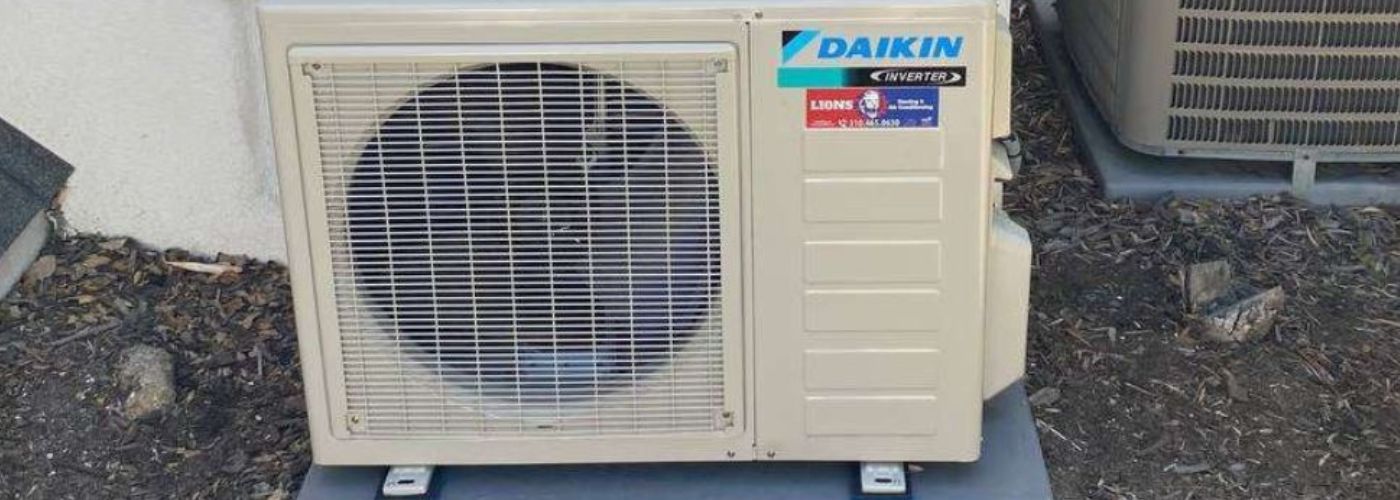As the seasons change and temperatures fluctuate, the quest for year-round comfort becomes a top priority for homeowners. Enter mini split systems—a versatile solution that promises to keep you cool in the summer and warm in the winter without breaking the bank on energy bills. But within mini split systems, we’ll be going over what’s better single zone vs multi zone mini splits!
Differences Between Single Zone vs Multi Zone Mini Splits
When considering mini-split systems, the choice between single zone vs multi zone setups can significantly impact comfort and energy efficiency in your home. Single zone mini splits are ideal for smaller spaces or single rooms, providing targeted heating and cooling with greater control over specific areas.
This means you can enjoy precise temperature management in a cozy bedroom or a home office without influencing other parts of the house—perfect for those who prioritize personal comfort.
On the other hand, multi-zone mini splits shine in larger homes or where different rooms require distinct climate control. With this system, one outdoor condenser can support multiple indoor units, allowing various zones to operate independently.
This not only enhances energy efficiency by reducing wastage but also caters to varying preferences within households—ideal for families with diverse temperature needs. Furthermore, modern advancements mean both systems offer advanced smart technology options, making it easier than ever to monitor and adjust settings from anywhere via smartphone apps.
What Are The Installation Requirements For Both Systems?
When considering the installation of single vs multi-zone mini split systems, understanding the requirements is crucial for optimal performance. Single-zone units are typically simpler, requiring only an indoor air handler connected to an exterior condenser unit.

This setup demands a clear pathway for refrigerant lines, electrical wiring, and a condensate drain. Ensuring that your chosen wall or ceiling location can accommodate these components while offering adequate airflow is paramount.
Moreover, you’ll need to evaluate the distance between the indoor and outdoor units; most manufacturers specify limits that you should adhere to in order to maintain energy efficiency.
On the other hand, multi-zone mini split systems introduce a layer of complexity that extends beyond installation logistics. These systems are designed to serve multiple areas within a home or building and usually involve interconnecting various indoor units with one outdoor condensing unit.
Each space’s cooling or heating load must be calculated meticulously based on insulation quality, window placements, and typical usage patterns—an often overlooked but vital aspect of planning.
Coupled with careful attention to zoning control strategies such as smart thermostats and dampers, this level of detail not only enhances comfort but also improves energy savings significantly over time.
Best Applications for Single and Multi Zone Units
When considering the best applications for single vs multi zone mini splits, it’s essential to evaluate both your current needs and long-term goals for climate control. Single-zone units shine in small spaces or individual rooms, offering a cost-effective solution where efficiency is important.
For instance, a home office that can be heated or cooled independently allows for tailored comfort without wasting energy on unoccupied areas. These units also excel in retrofitting older structures where ductwork might be scarce or impractical.
On the other hand, multi-zone systems deliver flexibility that suits larger homes or commercial settings with diverse heating and cooling needs across different areas.
What System Performs Better?
When deciding between single zone vs multi zone mini splits, it’s essential to consider the unique characteristics of your space. A single zone mini split excels in efficiency when heating or cooling a designated area, making it ideal for smaller homes or specific rooms like basements or home offices.

With streamlined installation and lower upfront costs, it provides a straightforward solution without the complexities that come with zoning.
In contrast, multi-zone systems offer unparalleled versatility for larger spaces or homes where different areas require varying temperature settings. This system enables tailored comfort throughout your house while minimizing energy waste in unoccupied zones.
However, it’s crucial to understand the initial investment and maintenance costs associated with multi-zone installations. These systems can be more complex but might provide long-term savings through optimized energy use!
Energy-Efficiency Comparisons Between The Two
When considering energy efficiency in heating and cooling systems, the choice between single zone vs multi zone mini splits can significantly influence overall performance and costs. Single-zone mini splits typically excel in specific applications where a targeted approach is beneficial, such as small apartments or individual rooms.
On the other hand, multi-zone mini splits emerge as champions of versatility. They provide an integrated solution for larger spaces or homes with varied temperature needs across different areas.
Their ability to manage multiple indoor units from one outdoor condenser offers not just flexibility but also potential savings on energy bills. Selecting between these two options hinges not only on space requirements but also on lifestyle habits.
Maintenance Needs and Long-Term Care Differences
When considering the maintenance needs of single zone vs multi zone mini splits, homeowners must understand the demands of each system. Single zone mini splits typically require less effort in terms of upkeep.
With fewer components involved, routine tasks like cleaning filters and checking refrigerant levels become straightforward. If any issues arise, then you’ll quickly notice the warning signs of a bad mini split.
On the other hand, multi-zone systems represent a more complex setup. They need more careful monitoring and maintenance across multiple indoor units, which means added vigilance in addressing potential issues that could arise in different areas of your home.
Long-term care for these systems further highlights their differences. A single zone unit may have lower repair costs due to its simplicity and ease of access to parts. However, multi-zone configurations can offer enhanced versatility and energy savings by allowing tailored temperature control for different rooms.
